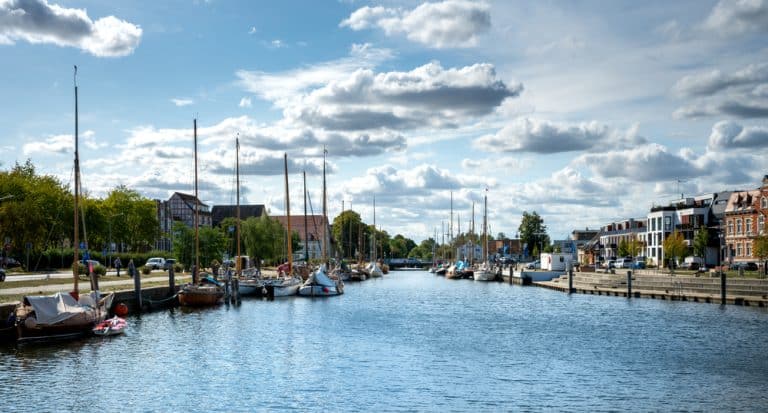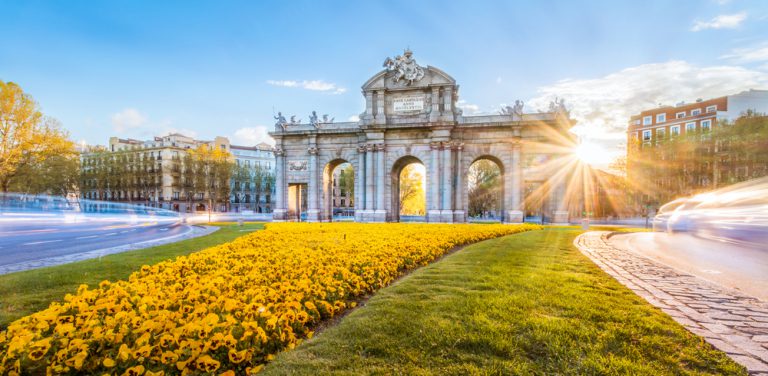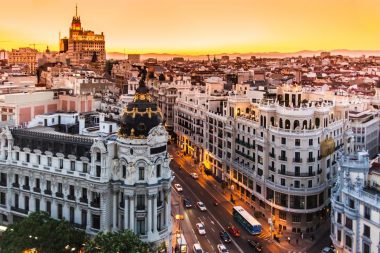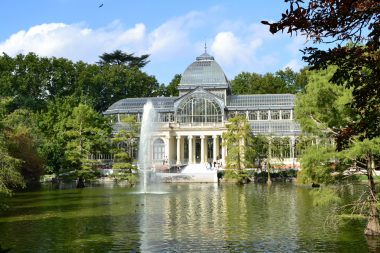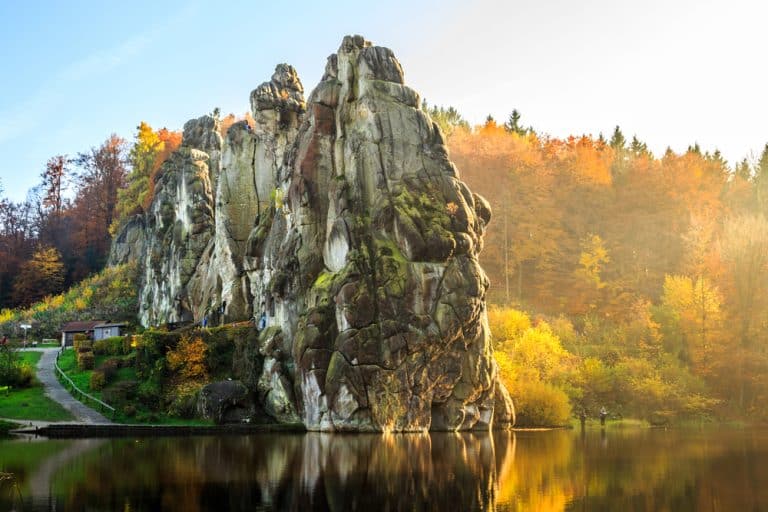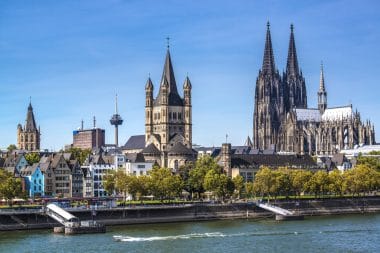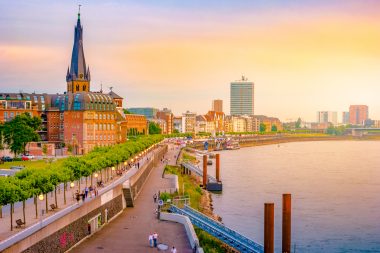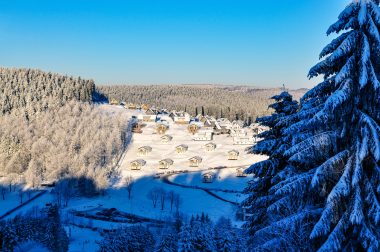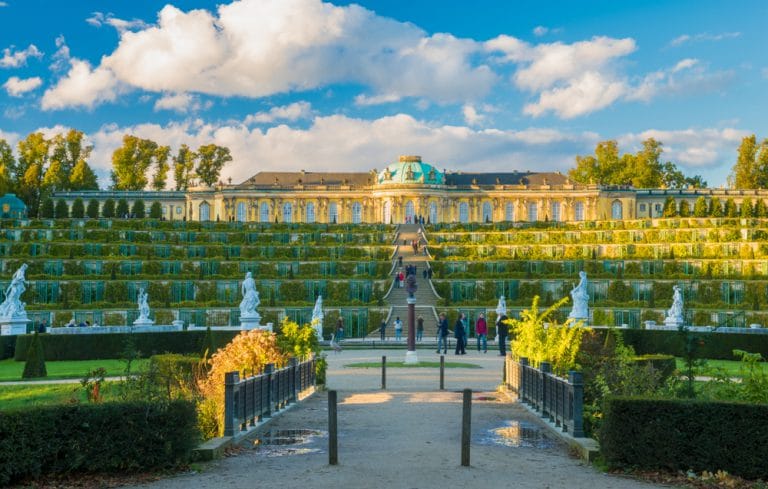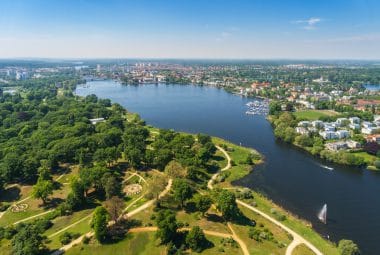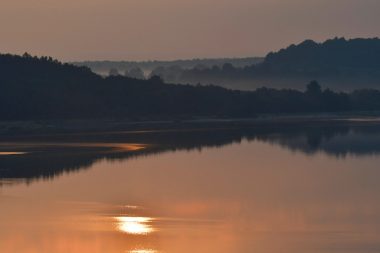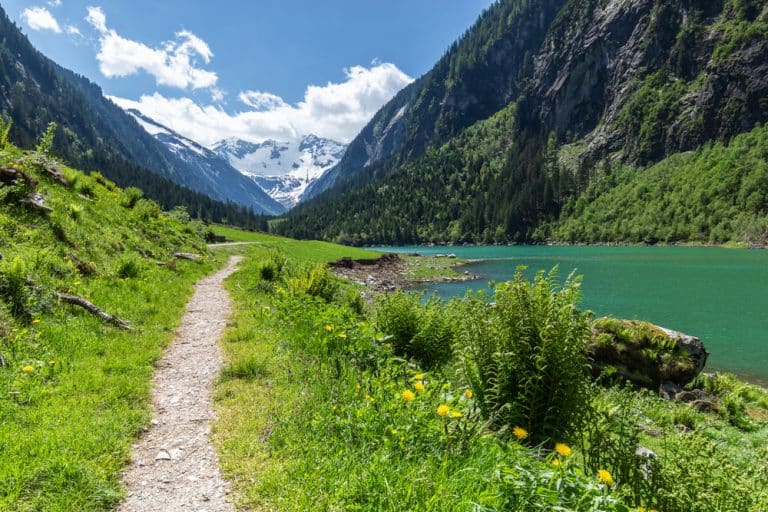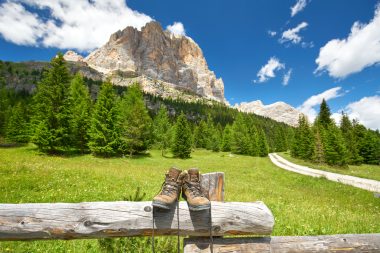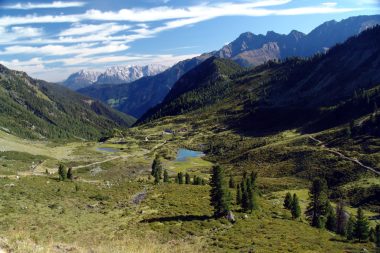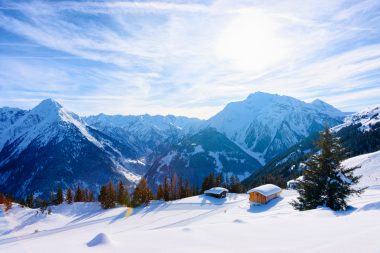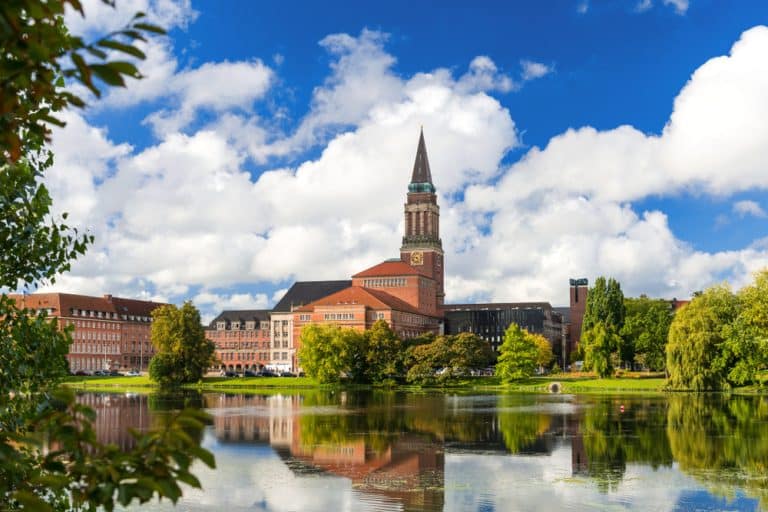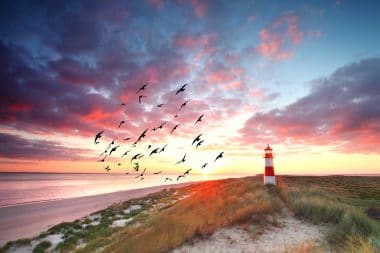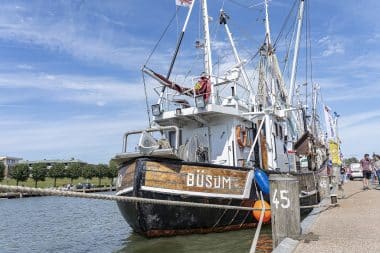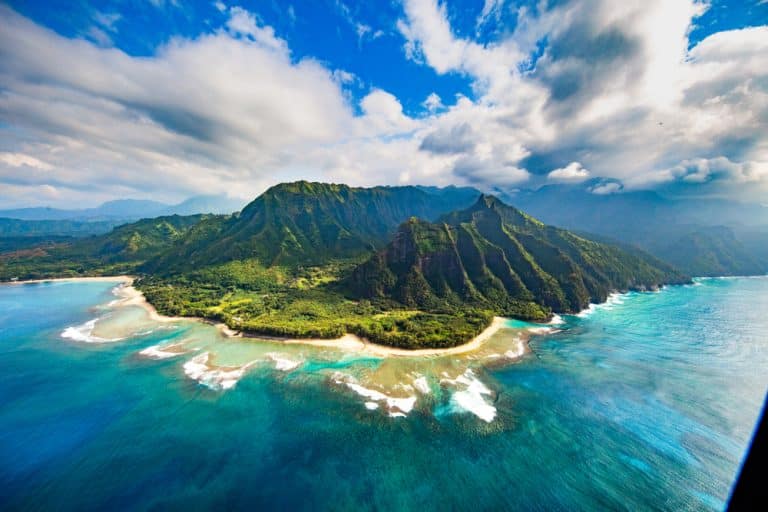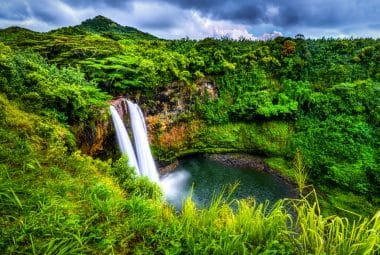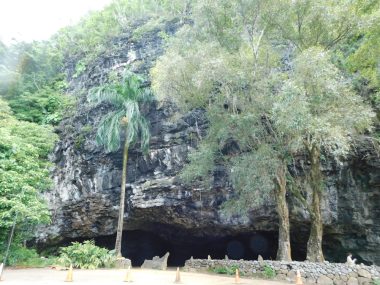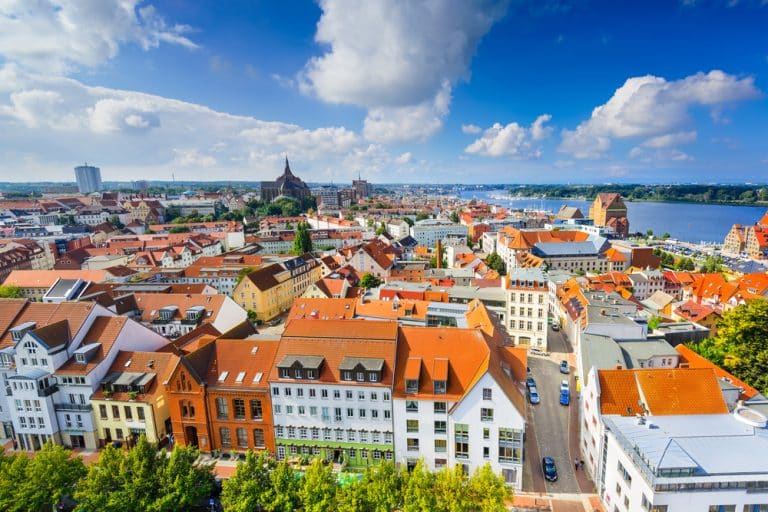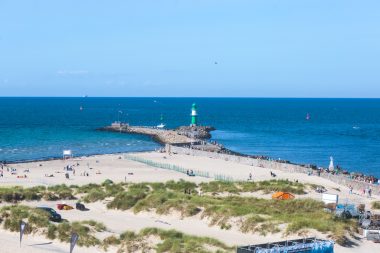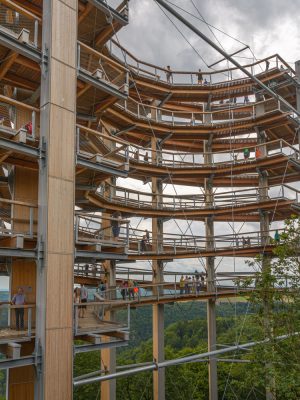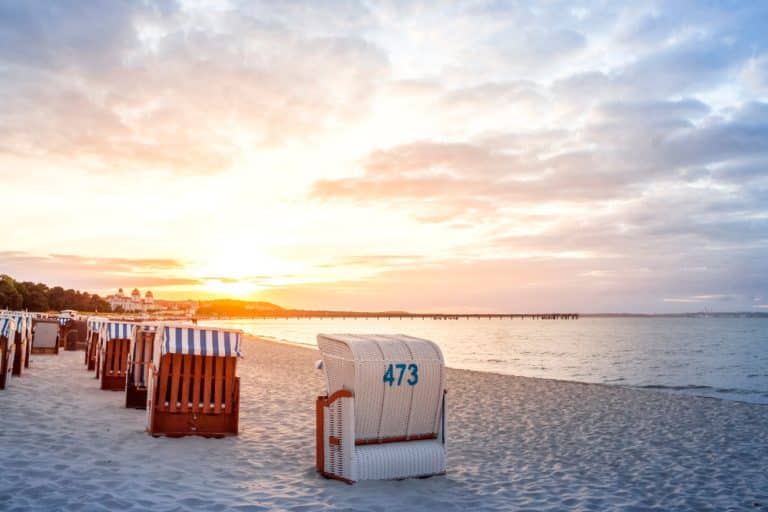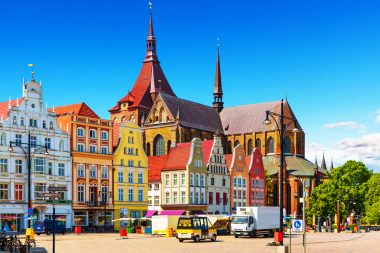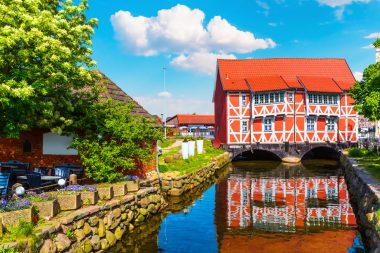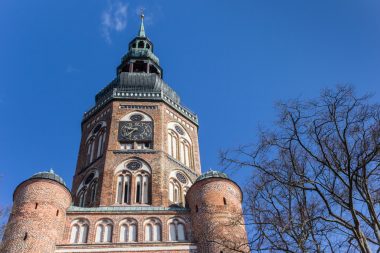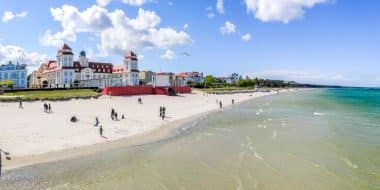Greifswald in Mecklenburg-Western Pomerania is known for many things. It was the birthplace of Caspar David Friedrich and Hans Fallada, among others, but also scores with its significant past.
In 1199, the Eldena Monastery was founded on the banks of the Ryck River, initially under the name Hilda Monastery. From this monastery, the area was settled and the university and Hanseatic city of Greifswald developed.
Sights in and around Greifswald
The ruins of Eldena Monastery
Today, only a ruin remains of the Cistercian monastery. This one, however, is a real eye-catcher and was painted several times by Caspar David Friedrich .
The decay of the monastery took its course during the Thirty Years’ War, during which it was severely damaged. In the 17th century, some building material was removed to fortify the city or to erect official buildings. In fact, it is thanks to Caspar David Friedrich that the remains were secured and restored, as he drew attention to the ruins worth protecting with his pictures. A romantic park has been created around the parts of the building.
Since 1968, there has been an open-air stage in the convent buildings, which is used for various cultural events. Monastery and medieval spectacles, but also plays from the Baltic Sea Festival then bring the area to life.
The University of Greifswald
The university is the central building in Greifswald and shapes the city accordingly. This even goes so far that the saying “Greifswald is not a university city, but a university with a city” has become established.
The university was founded in the 15th century with papal approval by Duke Wartislaw IX as a Pomeranian state university, making it one of the oldest universities in Central Europe.
Today, the university consists of many old and new buildings, spread over four central locations, of which the Old Town is the most important. Guided tours of the old university building are offered to the public at various times and the extensive university collections are also largely available to the general public.
While the university has good connections with the Baltic and Scandinavian countries and offers a wide range of courses, it is still a hidden gem.
Heimattierpark Greifswald
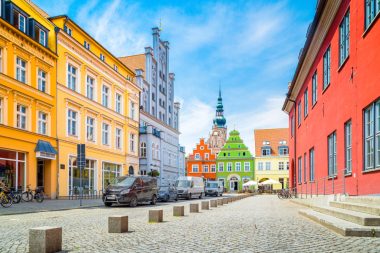
The Greifswald Zoo offers an idyllic place around Swan Lake for a little time-out. Guinea pigs, coatis and dingoes are just a few of the inhabitants.
More than 100 animal species cavort on about 3.6 hectares. A snack bar, a café, an adventure playground for the little ones and a petting zoo are also integrated into the park.
Many of the enclosures are accessible and educational and exciting stations for children are spread throughout the area.
The local animal park also offers numerous events and interesting natural history exhibitions in the information centre.
St. Nicholas Cathedral
Nicholas of Myra, patron saint of seafarers and merchants, is dedicated to Greifswald Cathedral.
The beginnings of the Gothic church can be traced back to the 13th century. With the founding of the university in 1457, the church was elevated to a collegiate church and has since been referred to as a cathedral. At the same time, construction work on the church resumed and the octagonal tower was completed. In the following period, the tower lost its spire twice due to strong storms. The last time was on February 13, 1650. The church received its final appearance with the sandstone-coloured interior walls in 1832.
Caspar David Friedrich Center
Lovers of art and especially of Romantic painting will certainly like to venture into Caspar David Friedrich’s living quarters.
Since 2004, a museum and a research facility have been located there. Both the family history and the personal career of the painter are illuminated. In addition, changing exhibitions of current art also take place in the premises and underline the continuing importance of Romanticism in art.
The Wiecker Bridge
The bridge over the Ryck connects the districts of Wieck and Eldena. Although the settlement of the area dates back to the 12th century, a bridge was not planned and implemented until the 19th century.
On July 25, 1887 – only seven months after the wooden shipbuilder August Spruth had given the order – the bridge was inaugurated and is still being raised by hand. Today, it is one of the oldest functional wooden bascule bridges and also a popular motif among artists and photographers.
The Museum Harbour
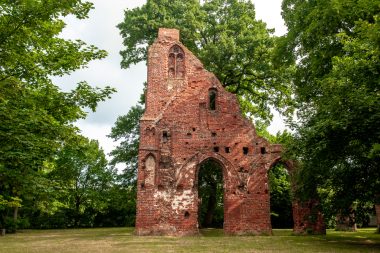
Of course, there is one thing that should not be missing in a Hanseatic city: the port.
The museum harbour of Greifswald is the largest in Germany and attracts both locals and tourists.
The many historical, but also modern ships are really eye-catching and some of them are provided with interesting information. That being said, it’s a wonderful place to just relax and unwind with fish sandwiches and a drink. By the way, you can get these delicacies on the catering ships.


